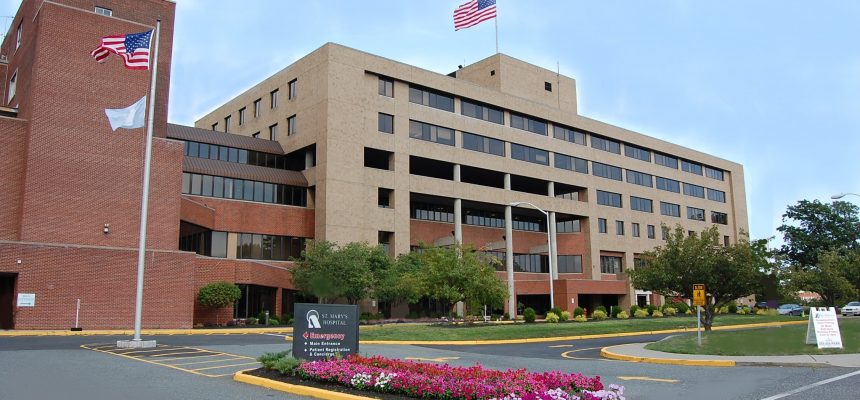Nonprofit Hospitals’ Long History of Public Relations Campaigns and Aggressive Debt Collection Practices
By Consumers for Quality Care, on November 1, 2023

For over 70 years, nonprofit hospitals have used aggressive public relations campaigns and debt collection tactics as a way to validate medical debt, all while raking in massive profits, according to Time Magazine.
Nonprofit hospitals are incorporated as charitable organizations, but in many instances, their business practices are far from charitable..
Beginning nearly a century ago, President Franklin D. Roosevelt, and his successor, President Harry Truman, tried to enact nationalized health care, but failed when opponents deemed it a form of socialism. As a result, an alternative solution, one that would provide health care access to consumers, especially for expensive procedures, was proposed: nonprofit hospitals.
In 1946, American Hospital Association’s (AHA) Executive Director George Bugbee and Surgeon General Thomas Parran lobbied for the Hill-Burton Act. This landmark legislation appropriated $4 billion for the construction of nonprofit hospitals in communities throughout the country. Although largely subsidized by taxpayer funds, the bill did not include requirements for how these nonprofit hospitals should go about providing Americans with quality, affordable care, a concern raised by lawmakers at the time.
When hospital prices continued to increase, the AHA and state hospital associations defended nonprofit hospitals by vilifying consumers who could not afford to pay their medical bills. To contain potential backlash for these tactics, the AHA and state hospital associations taught nonprofit hospitals how to conduct public relations campaigns by highlighting “new equipment” and “hospital expansion” as some of the reasons why their medical bills were becoming more expensive. They argued these innovations in the medical field were a necessity, and that they would ultimately benefit patients and the community. Bugbee once stated the purpose was for hospitals to “exploit these exciting and dramatic” advancements to justify increasingly expensive medical bills.
After hospital staff began to receive complaints over collection practices, the AHA worked to change public opinion about this issue as well. The AHA started to enlist local newspapers to write about how residents should have a “proprietary interest” in the hospital since their tax dollars financed it. The newspapers also started pitting neighbors against one another, arguing that there were people that would “never will pay their bill unless forced to do so. Yet these people become sick just the same as those who carry their share of the load.”
Even today, under IRS rules, nonprofit hospitals are required to provide charity care, but there is no minimum amount set and little enforcement for this rule. Even as nonprofit hospital executives make multi-million-dollar salaries, a reported 100 million Americans carry some form of medical debt. And aggressive debt collection practices and public relation campaigns nonprofit hospitals used over a half-century ago are still used today.
CQC urges all hospitals, especially nonprofit hospitals, to better serve their communities and deliver care for patients when they need it most. CQC also urges lawmakers and regulators to ensure that nonprofit health systems are part of the solution to our country’s health care challenges – not part of the problem.



